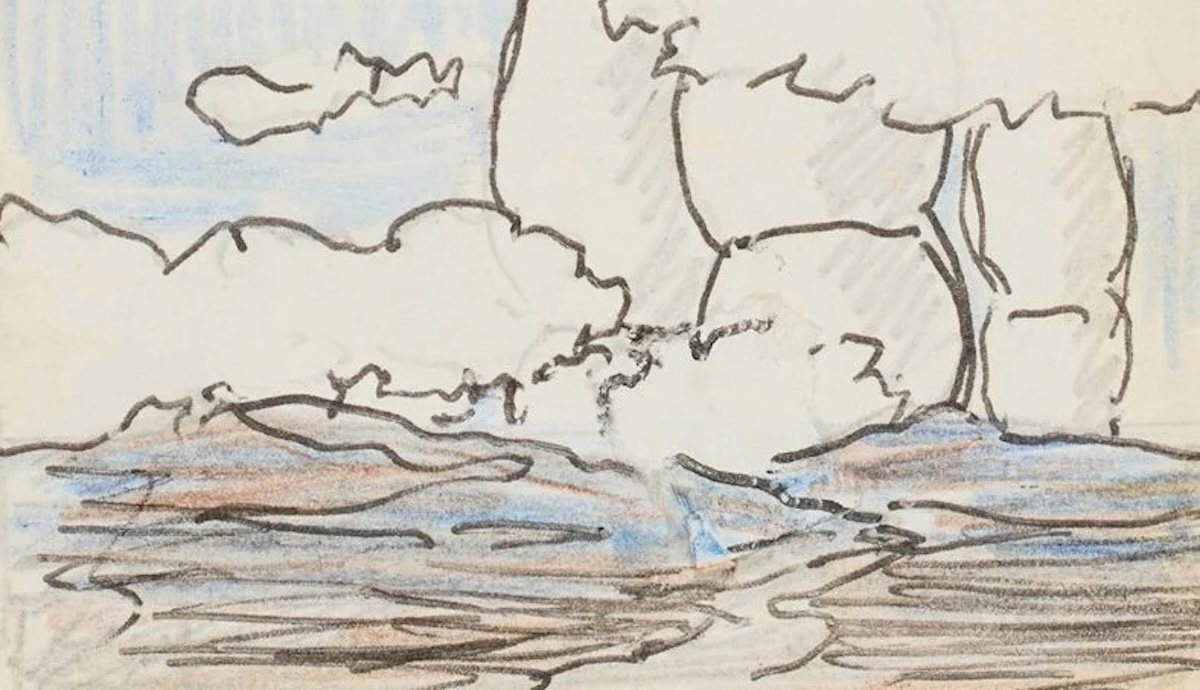
At the ancient site of Fregellae in central Italy, recent archaeological excavations uncovered the region’s oldest agricultural villa. Among other discoveries, the villa ruins provided new insights into the daily lives and military tactics of the ancient city’s residents—before its destruction by Roman forces.
The Latest Archaeological Discoveries at Fregellae

Once a bustling city allied with Rome, Fregellae was destroyed by Roman forces in 125 BCE following a rebellion, the cause of which is unknown. An archaeological team from the Leibniz-Zentrum für Archäologie (LEIZA) in Germany is leading the latest excavations at Fregellae. They are focusing on the remains of an ancient villa that housed agricultural production facilities and likely belonged to an elite Fregellae family.
The villa dates back to about 80 years before the city’s destruction, which makes it the oldest of its kind in the region. Archaeologists are also researching the ruins of a nearby Roman military camp, which was used during the siege of Fregellae. Their findings provide new information about how Roman military activity affected urban areas and their residents in ancient times.
Fregellae Villa Ruins Offer “Valuable Insights”

Archaeologists discovered ancient storage vessels, and other evidence of agricultural activity, in the villa ruins at Fregellae. They surmise the villa was used for the production of agricultural goods, including cereals, fruits, and wine. The wine was most likely produced both for local consumption and for trade across the Mediterranean. The fruits and cereals were likely distributed at local markets.
“It’s remarkable that we have been able to uncover the architectural structure of such an early production facility,” explained project leader Dr. Dominik Maschek. “Even though the building shows signs of deliberate destruction, the discoveries provide valuable insights into rural life and economic practices during that period.”
How Did Ancient Military Activity Impact Fregellae?

Alongside their research of the villa, archaeologists are also studying a nearby Roman military camp that was found during an earlier excavation season. Spanning approximately 470 by 300 feet, the military camp was constructed specifically for the siege of Fregellae. Recent discoveries at the camp shed new light on ancient Roman military activity and strategy. They also confirm previously-held theories about how Roman militias historically operated in the region.
When Roman forces destroyed Fregellae’s agricultural infrastructure, local populations and economies were devastated. Following the siege, the once-thriving city remained uninhabited for nearly two centuries, after which the area was repurposed as a dumping ground. The ongoing excavations at Fregellae increasingly reveal the enduring consequences of ancient Roman military activity on ancient economic and cultural landscapes. In the long term, archaeologists and researchers aim to reconstruct Fregellae’s history and pinpoint exactly how its course was altered by conflict.









